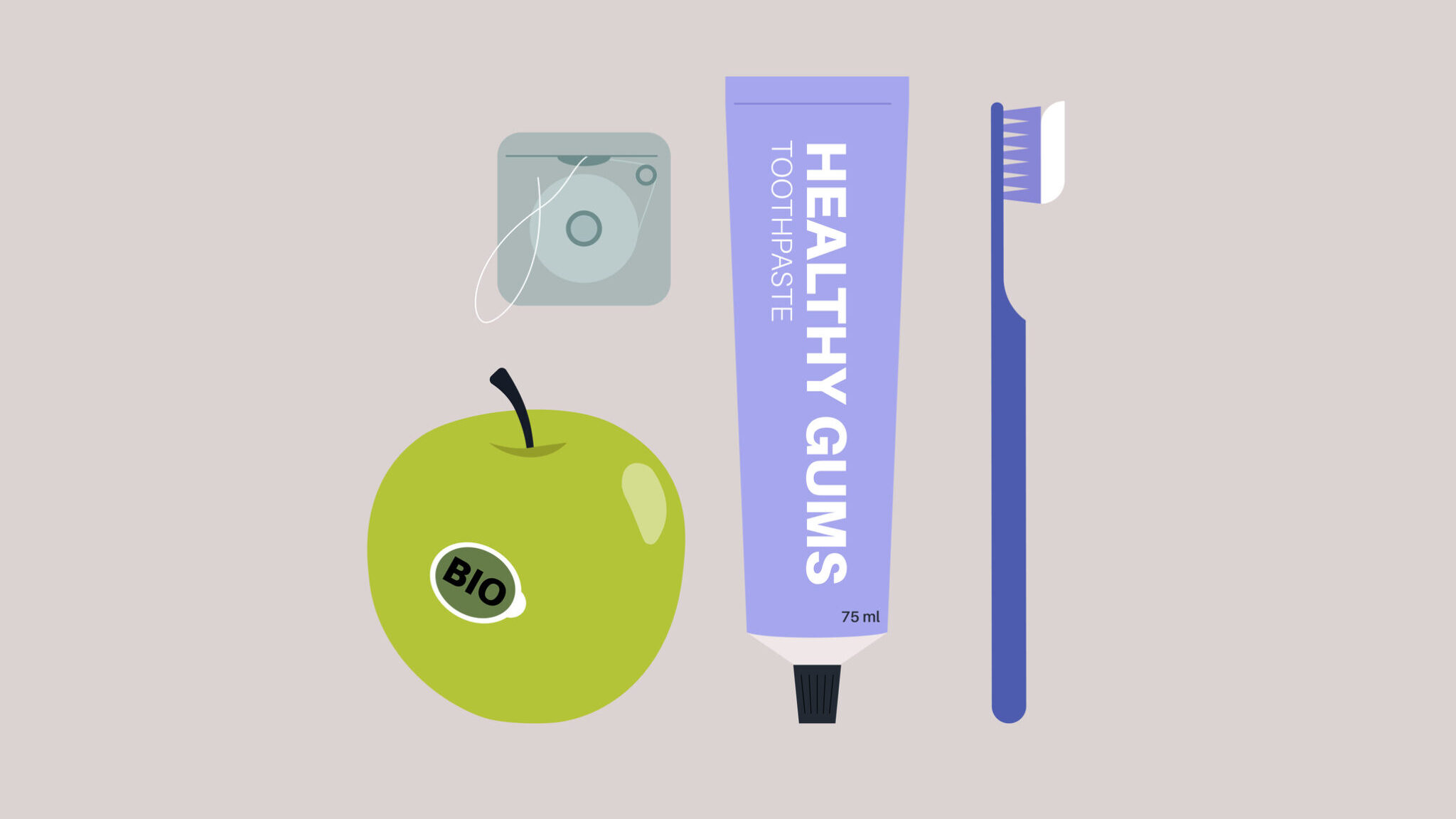 Over the next few weeks we will be discussing how to interact with patients who have disabilities. Last week we discussed tips for interacting with patients who have vision loss.
Over the next few weeks we will be discussing how to interact with patients who have disabilities. Last week we discussed tips for interacting with patients who have vision loss.
The intent of these articles is to help your dental office become compliant with Accessibility of Ontarians with Disabilities Act and to assist you in developing your own accessibility standards within your office.
All businesses are required to be compliant with accessibility standards to accommodate your patients who have disabilities. As previously discussed, the Accessibility of Ontarians with Disabilities Act, AODA, is a law in Ontario that allows the government to develop specific standards of accessibility and to enforce them. Recognizing the history of discrimination against persons with disabilities in Ontario, the purpose of this act is to benefit all Ontarians by:
a. Developing, implementing and enforcing accessibility standards in order to achieve accessibility for Ontarians with disabilities with respect to goods, services, facilities, accommodation, employment, buildings, structures and premises on or before January 1, 2025
b. Providing for the involvement of persons with disabilities in the development of accessibility standards.
This week we will focus on tips on how to interact with patients who are deaf, oral deaf, deafened or hard of hearing. There are various degrees and types of hearing impairment. People who are profoundly deaf may identify themselves as culturally deaf or oral deaf. In deaf culture, indicated by a capital “d”, the term is used to describe a person who has severe to profound hearing loss, with little or no hearing. Oral deaf is a term describing a person who was born deaf or became deaf before learning to speak, but is taught to speak and may not typically use sign language.
The term “deafened” describes a person who has lost their hearing slowly or suddenly in adulthood. The person may use speech with visual cues such as captioning or computerized note-taking, speech-reading or sign language
The term “hard of hearing” describes a person who uses their residual hearing (hearing that remains) and speech to communicate. The person may supplement communication by speech-reading, hearing aids, sign language and/or communication devices.
Here are some tips on how to interact with patients who are deaf, oral deaf, deafened or hard of hearing:
1. Attract the patient’s attention before speaking. Generally the best way is by a gentle touch on the shoulder or with a gentle wave of your hand.
2. Ask how you can help. Don’t shout.
3. Move to a well-lit area, if available, where your patient can see your face.
4. Don’t put your hands in front of your face when speaking. Some people read lips.
5. If necessary, ask if another method of communicating would be easier, for example, using a pen and paper.
6. Be patient. If you are using a pen and paper to communication. Sign language may be your patient’s first language. It has its own grammatical rules and sentence structure.
7. Look and speak directly to your patient. Address your patient, not the interpreter or support person.
8. Be clear and precise when giving directions and repeat or rephrase if necessary. Confirm that your patient understands you.
9. If the person uses a hearing aid, reduce background noise or move to a quieter area if possible, so the person can hear or concentrate better.
10. Don’t assume that the patient knows sign language or reads lips.
Tips on how to interact with patients who are deaf blind
A person who is deaf blind can neither see nor hear to some degree. This results in difficulties in accessing information and managing daily activities. Many people who are deaf blind will be accompanied by an intervener, a professional who helps with communicating.
How to interact with patients who are deaf blind:
1. Don’t assume what a person can or cannot do. some people who are deaf blind have some sight or hearing, while others have neither
2. A patient who is deaf blind is likely to explain to you how to communicate with him/her or give you an assistance card or a note explaining how to communicate with him/her.
3. Identify yourself to the intervener when you approach your patient who is deaf blind, but then speak directly to the patient as you normally would, not to the intervener.
4. Don’t touch or address service animals – they are working and have to pay attention at all times.
5. Don’t suddenly touch a person who is deaf blind or touch them without permission.
A great way to train your staff on interacting with patients who have disabilities is to incorporate role playing into your next staff meeting. This will really help you to understand the challenges that people with disabilities face on a daily basis. Your patients with disabilities will appreciate your compassion and professionalism when helping them to access the dental care that they need without barriers.
If you missed the posting regarding interacting with patients who have vision loss, feel free to send an email to sandie@dentalofficeconsulting.com with the subject line, “patients with vision loss.” I will be happy to send you a copy of the article.












